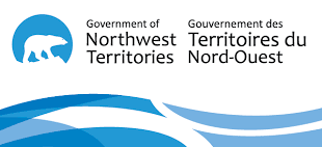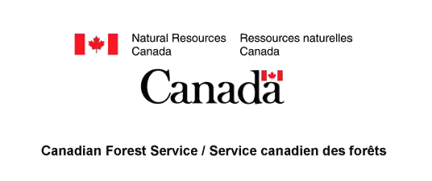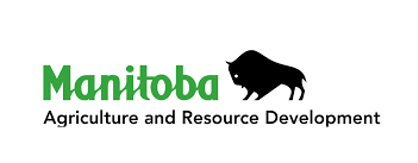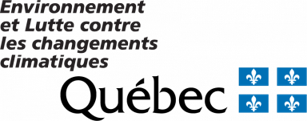Title: Rate of permafrost thaw and associated plant community dynamics in peatlands of northwestern Canada
Citation: Errington, Ruth; Macdonald, Ellen; Bhatti, Jagtar (2024). Data from: Rate of permafrost thaw and associated plant community dynamics in peatlands of northwestern Canada [Dataset]. Dryad. https://doi.org/10.5061/dryad.g4f4qrfz5
Study Site: Mackenzie Valley of Northwestern Canada
Purpose: This dataset was collected to document the changing plant community, and associated environmental factors, as warming climate conditions accelerate permafrost thaw in northern peatland environments. Due to the insulative properties of dry, surface peat layers, discontinuous permafrost is preferentially found in peatlands, termed peat plateaux, where the volumetric expansion of ice-rich permafrost has resulted in a raised, dry ground surface dominated by lichens and, often, stunted black spruce forests. As ground temperatures warm, and the ice-rich permafrost thaws, the ground surface sinks to, or below, the water table, and these peat plateau environments change dramatically from black spruce and lichen-dominated peat plateaux to treeless moss- and sedge-dominated collapse scar environments.
Abstract: Data are from a set of 17 sites distributed along a latitudinal gradient in the Mackenzie Valley of Northwestern Canada. At each site, a transect of five to nine contiguous 1x1m quadrats was sampled, spanning the transition from peat plateau to collapse scar environments and, thus, capturing the zone of active permafrost thaw within peat plateaux as they transition to collapse scars. Fourteen of these sites were sampled at two time periods: 2007 and 2008 (T1: time 1), and 2017 and 2018 (T2: time 2) enabling an assessment of 10-year changes (9 years for one site). This dataset includes quadrat-level measurements of plant community composition (percent cover by species), frost depth, water table depth, peat depth, soil moisture, and canopy cover. Site level measurements consist of maximum peat depth, along with pH and electrical conductivity of collapse scar water samples, as well as the annual rate of lateral permafrost thaw. We also include basic site location parameters, as well as several climatic parameters, interpolated for each site using BioSIM software.
Supplemental Information Summary: Further information and data relating to the full Mackenzie Valley Permanent Monitoring Plot Network can be found at the supplemental links in the Related Works section in Dryad.
Research: Mackenzie Valley Permanent Monitoring Plot Network
Further Info: Errington, R.C., Macdonald, S.E., & Bhatti, J.S. (2024). Rate of permafrost thaw and associated plant community dynamics in peatlands of northwestern Canada. Journal of Ecology: https://doi.org/10.1111/1365-2745.14339
Status: Complete
Keywords:
vegetation,
hydrology,
peat properties,
thermokarst,
Climate change,
Geographical coordinates: North: 66.16, South: 60.00 East: -114.39 West: -128.68
Bounding Temporal Extent: Start Date: 2007-06-01, End
Date: 2008-09-30













